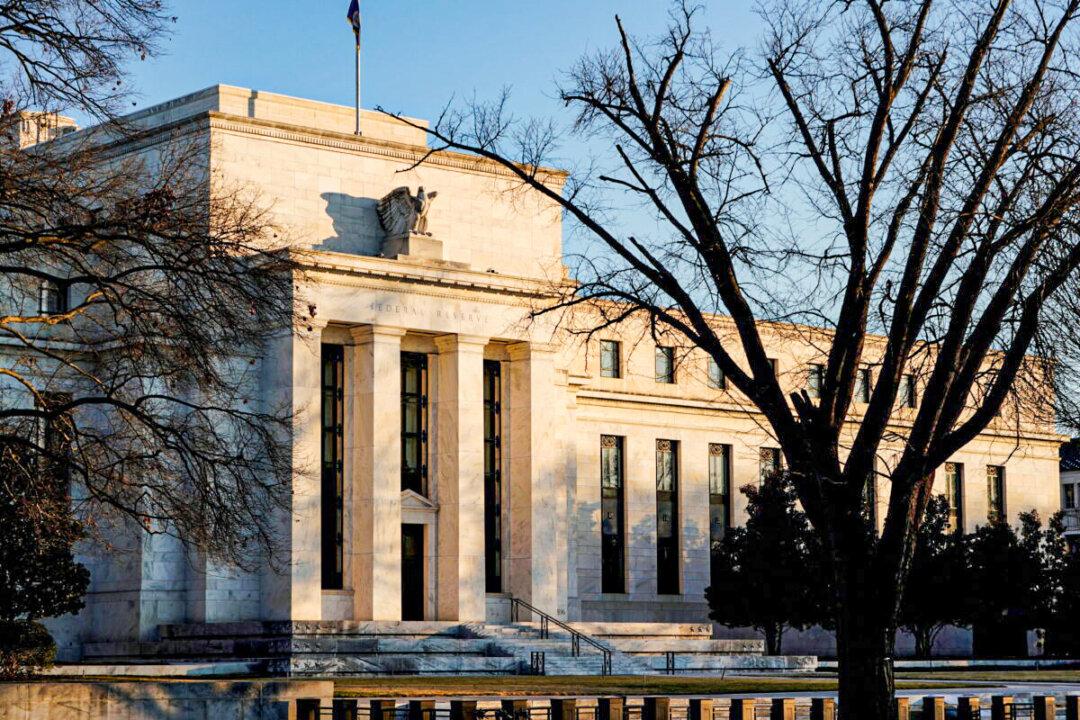Commentary
Despite mountains of evidence and ample warning, investors are mispositioned ahead of the Federal Reserve’s accelerated tapering plans. On Jan. 13, the New York Fed announced its new purchase schedule, which began on Jan. 14, that will reduce its total purchases of U.S. Treasury and mortgage-backed securities to $60 billion per month—half of the amount the Fed was purchasing each month before announcing a balance sheet taper.





